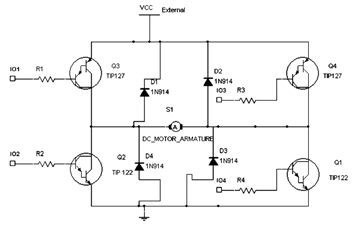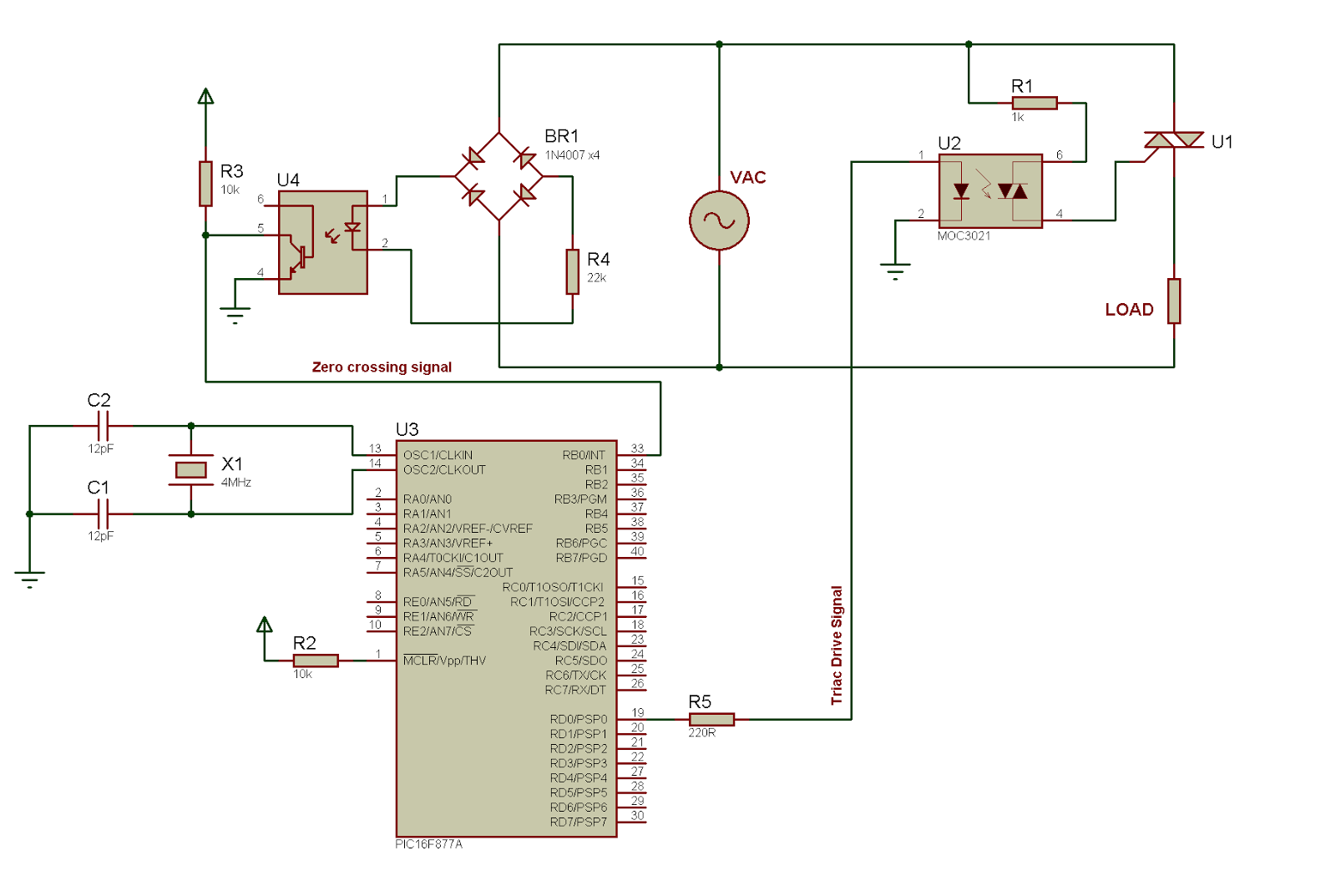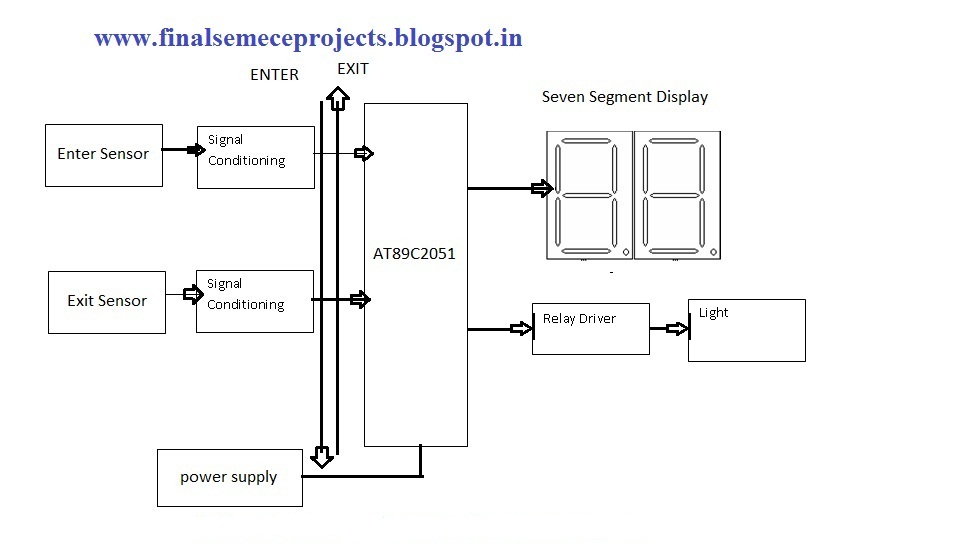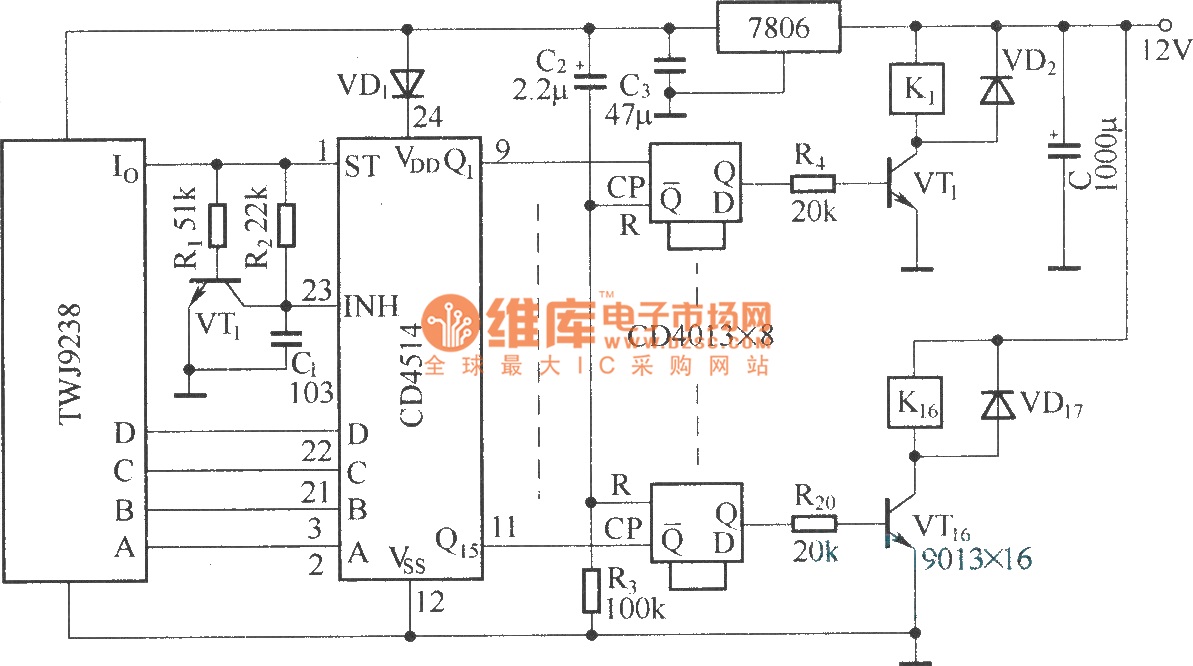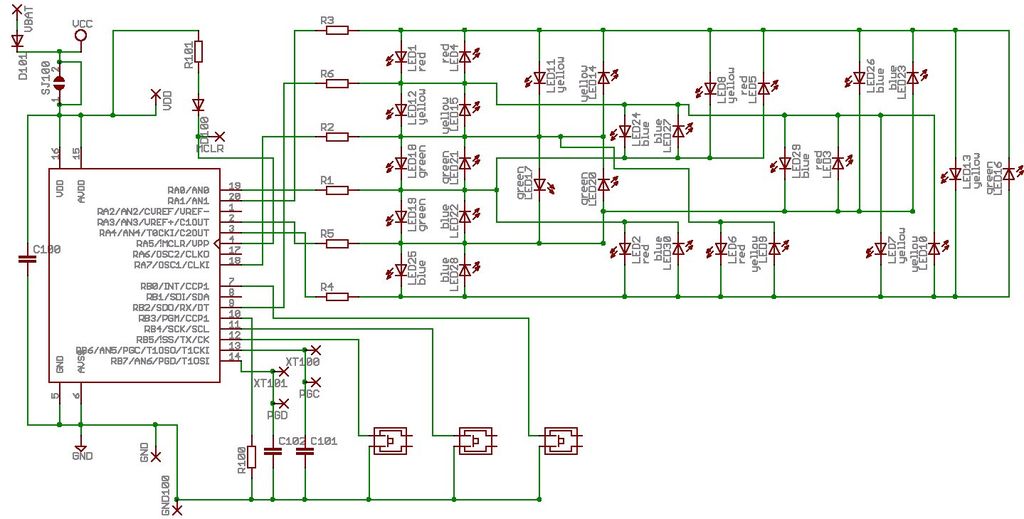
UM91214B IC For Radio Remote Control

The following circuit illustrates a Radio Remote Control Circuit Diagram. This circuit is based on the UM91214B IC. Features include the use of DTMF (dual-tone multi-frequency) technology.
The Radio Remote Control Circuit utilizes the UM91214B integrated circuit, which is specifically designed for DTMF applications. In this configuration, the circuit is capable of receiving DTMF signals transmitted from a remote control unit, allowing for the control of various devices wirelessly.
The circuit typically consists of a transmitter and a receiver. The transmitter includes a keypad that generates DTMF tones when buttons are pressed. These tones are then modulated onto a radio frequency (RF) carrier signal, which is transmitted over the air. The receiver, which incorporates the UM91214B IC, demodulates the incoming RF signal and decodes the DTMF tones back into their original binary format.
Key components of the circuit include an RF transmitter module, an RF receiver module, the UM91214B IC, a microcontroller for processing the decoded signals, and output drivers that control the devices being operated. Power supply considerations are also essential; typical configurations utilize a regulated power source to ensure stable operation of the circuit.
The design allows for multiple control commands to be sent simultaneously, making it suitable for applications such as remote lighting control, garage door openers, and other home automation tasks. The circuit’s range, reliability, and ease of use make it an effective solution for wireless control applications.The following circuit shows a Radio Remote Control Circuit Diagram. This circuit based on the UM91214B IC. Features: use of DTMF (dual-tone .. 🔗 External reference
The Radio Remote Control Circuit utilizes the UM91214B integrated circuit, which is specifically designed for DTMF applications. In this configuration, the circuit is capable of receiving DTMF signals transmitted from a remote control unit, allowing for the control of various devices wirelessly.
The circuit typically consists of a transmitter and a receiver. The transmitter includes a keypad that generates DTMF tones when buttons are pressed. These tones are then modulated onto a radio frequency (RF) carrier signal, which is transmitted over the air. The receiver, which incorporates the UM91214B IC, demodulates the incoming RF signal and decodes the DTMF tones back into their original binary format.
Key components of the circuit include an RF transmitter module, an RF receiver module, the UM91214B IC, a microcontroller for processing the decoded signals, and output drivers that control the devices being operated. Power supply considerations are also essential; typical configurations utilize a regulated power source to ensure stable operation of the circuit.
The design allows for multiple control commands to be sent simultaneously, making it suitable for applications such as remote lighting control, garage door openers, and other home automation tasks. The circuit’s range, reliability, and ease of use make it an effective solution for wireless control applications.The following circuit shows a Radio Remote Control Circuit Diagram. This circuit based on the UM91214B IC. Features: use of DTMF (dual-tone .. 🔗 External reference
